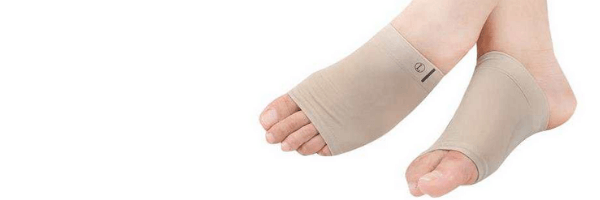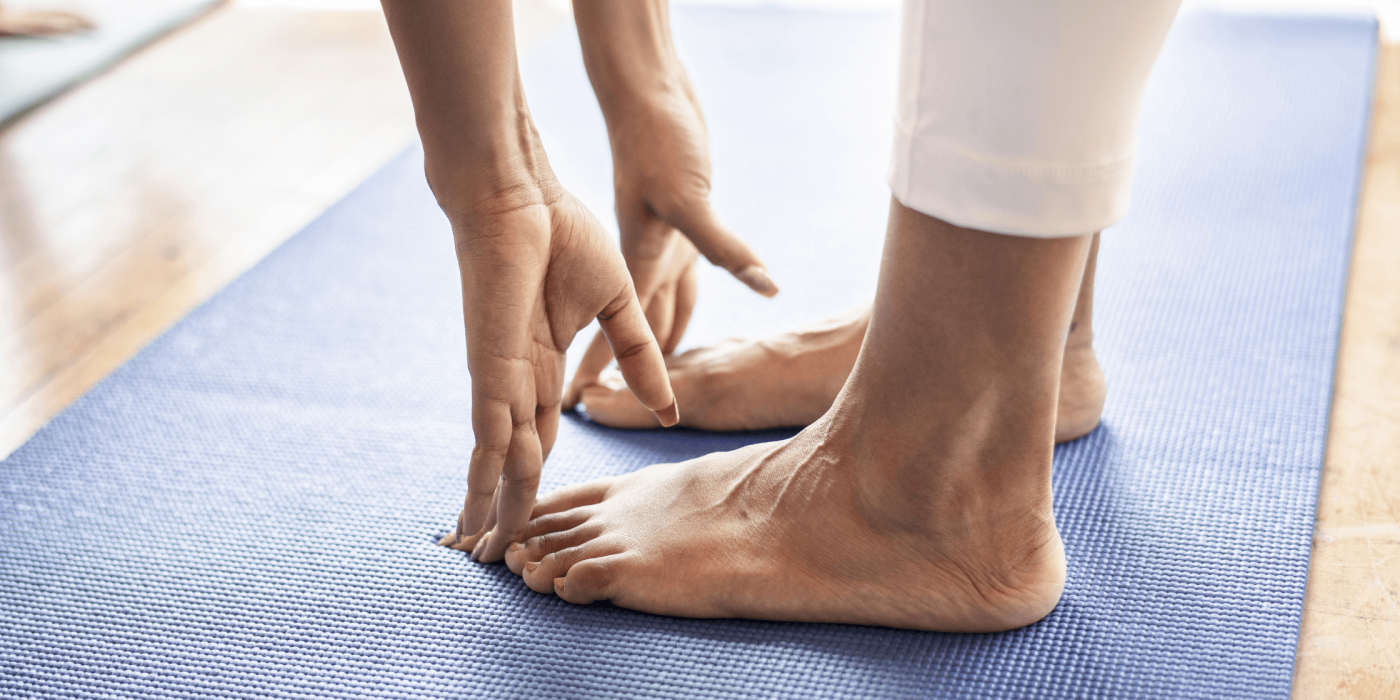Cold and numb feet aren’t always a sign it’s time to put the heating on this winter, sometimes it can be an indication that you have poor circulation in your feet. Good circulation to your feet is important for foot health and functionality, but circulation impairment is a common side effect of age and an all-too-common sedentary lifestyle. Other symptoms include the feeling of ‘pins and needles’, dry and scaly skin, pain and aching, and changes to the appearance of the foot such as engorged veins and discolouration.
Ways to improve circulation in your feet

Whilst minor circulation symptoms can be self-managed, if symptoms are persistent and problematic you may want to seek medical help. Impaired blood flow can be a symptom of an underlying condition such as atherosclerosis, deep vein thrombosis or diabetes, or lead to other effects such as blood clots and impair healing to the feet and legs. Here are a few ways you can help improve circulation in your feet:
Move, stretch and exercise

It doesn’t matter the amount you’re able to exercise, only that you do it. Any amount of movement to get the blood pumping will aid in circulation to the feet, be it a walk, a jog or a yoga session.
Avoiding long periods of immobility will help in circulation, even if as simple as taking a stretch break every hour at the office desk. Ankle rolls, heel lifts and knee ups are all simple ways to get the blood flowing to your feet even from a seated position.
Leg elevation will also improve circulation, this can be as simple as sitting on a recliner chair, or if you’re feeling more adventurous, aligning your legs straight vertically on a wall and holding in the legs up the wall yoga pose.
Keep your feet warm

Try extra thick socks and a heating pad to counteract the effect of poor blood flow on your cold feet. Try a warm foot bath to encourage blood flow to the feet, using a moisturising foot cream afterwards to combat dryness. Herbal remedies for your foot bath can include:
- Epsom salts for exfoliation and relaxation
- Red ginger, that has been found to reduce circulation pressure
Wear compression socks and correct footwear

Compression socks and foot support sleeves inhibit veins to expand with excess blood and cause stagnation, and so help to keep blood in circulation. If you’re new to compression socks, start with a pair less tight than necessary and build your tolerance. For footwear, wearing comfortable shoes that don’t put strain your feet, orthotic footwear will help with this, giving your feet space to move around and correct alignment to aid in foot pain.
Stay hydrated

The recommended daily minimum water requirement for a healthy woman is 8 cups of water. Your blood is around half water so staying hydrated keeps your blood functioning optimally, aiding in circulation. Keep water with you throughout the day and make a habit of staying hydrated. Remember to drink more to match your activity level throughout the day.
Change your diet

A high blood pressure can worsen circulation, but you can lower your blood pressure through health eating and weight management. Eating leafy greens, legumes, fatty fish with health omegas, and switching to dark chocolate are some dietary choices to lower your blood pressure. Further lifestyle choices such as quitting smoking and avoiding stress will lower your blood pressure and positively effect your circulation.



